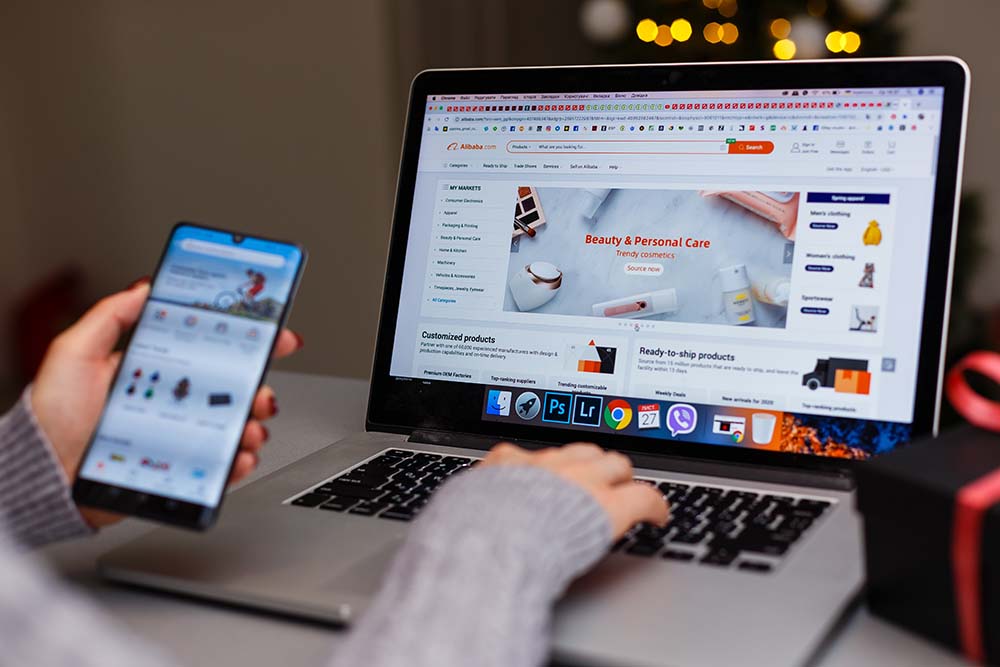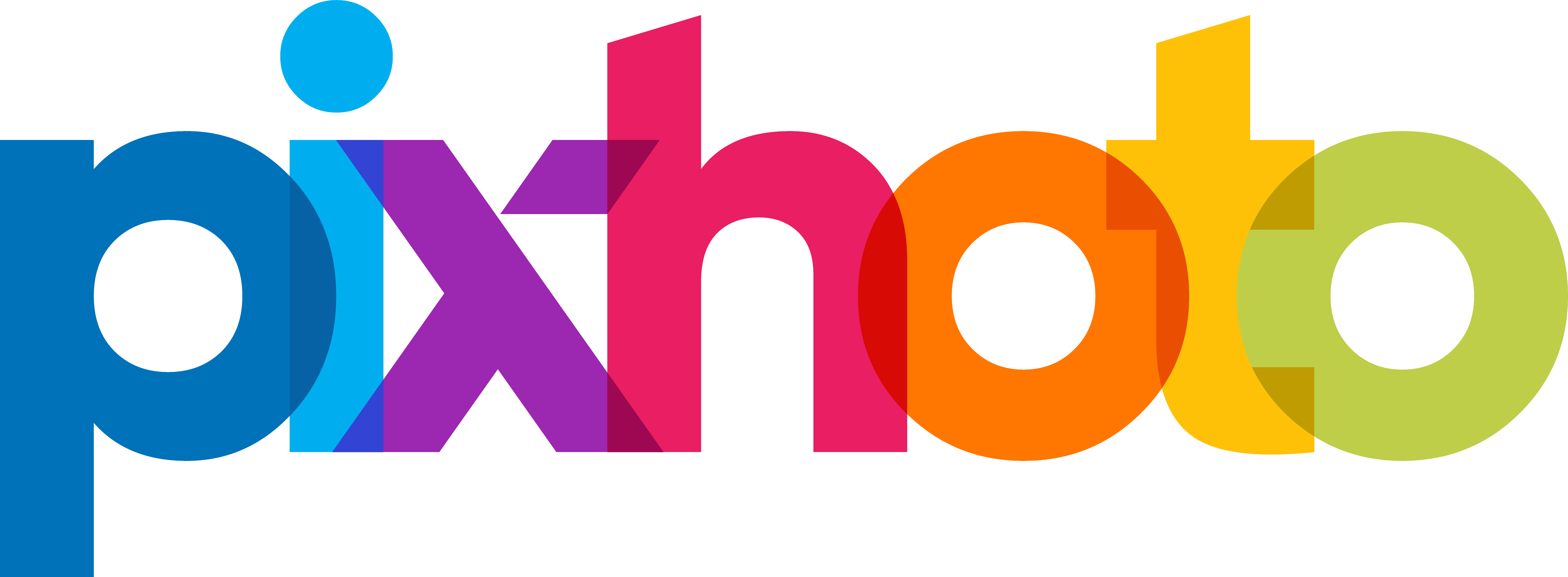
10 Simple Steps of Image SEO and climbing the SERP Ladder
SEO or Search Engine Optimization is the practice of increasing traffic to a website with help of well-curated customer-engaging content. It increases a brand’s exposure which helps in driving quality traffic to their website. Non-paid traffic (also known as organic traffic) improves the ranking and rating of the website and its content on search engines.
Images being the first virtual touch points of E-commerce, it’s fair to look at them as the interaction medium and confidence-winning medium for the consumer. Consumers want something when they see it.
Images are also a key aspect for a better conversion rate of a website. Image SEO, as the term suggests, is the optimization of the search engine with respect to images.
Before we show you how to put your images to work for driving traffic to your website, try a search for on Google. Anything. ‘Best Laptops for under 1200 dollars’, ‘best selling books’, etc. Done? Do you see the results? What you’re looking at is the SERP or Search Engine Result Page. This is where anybody who’s trying to drive business online wants to be; and the nearer the top the better.
SERP is the web page which appears when a user searches for something on their browsers. The search itself could be a sentence, phrase or keyword. The user gets results in the form of web pages, images and advertisements relate to the keywords.
For a generic search such as ‘new winter coats’ or ‘best movies 2021’, the top results which are organic are the ones which have the most optimized content. This content could be from a blog or an e-commerce website. This means the website in the top result line has most efficient SEO, tagging, image tagging, etc. and hence a better conversion rate is expected from it.
Now that we’ve established how important it is to have your website content optimized, let’s look at the things you can do with your images to climb that all-important SERP ladder.
1. Image Naming


What a customer sees on the front end is very different from what it looks like at the back end. A camera image will by default be named “HF_21223”, for example, as per camera’s image serial. Now to upload the same image with that name means that the image is not working for you. The chances of a customer or even search engine finding your website via this image are virtually non-existent unless they’re looking for that particular camera’s image serial.
Now let’s assume that your product is an HP gaming laptop. Consider the terms that someone would use to search for such an item like “best gaming laptop 2021”, “HP gaming laptop” and “gaming laptop 4k”. If you factor this in, plus the model code and a few features, your image name would look something like:
“HP_OMEN_X-ap045TX_17-inch_4k_Gaming_Laptop_(Intel_Core_i7-7820HK/16GB/1TB_HDD+512GB SSD/GTX_1070_8_GB_GDDR5_Graphics/G-SYNC/VR_Ready/Windows 10)_Shadow_Black_2021_1”.
The idea is that the image name casts a net wide enough to pull customers in through all relevant search words and phrases. And don’t worry, your customers won’t see the image’s name. That’s strictly back-end.
2. Image Formats

It is very important to be universal with image formats. Do as the world does is the way to go in this case. The most widely used internet image formats in E-commerce right now are .gif, .jpg, .Png. Do what the majority does with formats because, by and large, that’s what is working for consumers.
3. Image Optimization
As per Google’s standards, JPEG2000 is the way forward and the most enhanced format of saving an image. The good news is that it offers better resolution in a smaller file which results in faster load times. The bad news is that JPEG2000 doesn’t appear to be compatible with Google Chrome just yet. Tricky, isn’t it? Now you’re thinking the browser has a role in this as well. It does. Refer point #2.
So here is your spectrum – at one end you’ve got the finest quality images that are massive and can only be opened by Photoshop and the and the other you have low quality and convenience. The compromise you’re always looking for is the best quality you can provide as long as it’s convenient, compatible and universal first. Given modern technology and tools however, image quality itself isn’t too big a problem.
E-commerce platforms are optimized for fairly high quality images. Next, you can use a separate image CDN which can detect different devices & optimize images just before a user sees it.
4. SEO-friendly Alt text form images

Say an image loads on a page and for some reason the browser isn’t able to load/render it. Now in this case the Alt attribute will describe the contents of the image file. Fixing Alt text attributes while embedding the images also helps in overall SEO of the website. This in-turn will earn the website a better ranking since it provides the search with the subject matter of the image.
Example of a default image name and Alt Text: <img src=”Shoes.jpg” alt=”Shoes”>
Now this can be made useful by changing it to: <img src=”Shoes.
jpg” alt=”Shoes_Red_Heels”>
5. Image File Structure & Storage

In most cases, images are dumped in a server all in one folder. While this may work if you only sell a small number or articles, they become harder to manage with large numbers. Among the best practices for E-commerce websites is to folder the images category-wise in a more structured manner. Let’s assume a website sells shoes, bags, wallets and belts; the images can be structured to be present in the server in folders made for those specific categories. This improves performance of the website.
6. Page Titles & Descriptions
It’s a good idea to have crisp and relevant page titles. Goolge reveled that its algorithm uses page titles & product descriptions to fetch pages. This includes all the information like metadata, product information, descriptions and SEO content to fetch relevant images.
7. Image Dimensions

The dimensions of an image need to suit all platforms like PCs, smartphones, tablets and even TVs, but the priority has to be smartphones because as we know, they form the lion’s share of all devices on the internet.
8. Image Copyright

Make sure images which you are using are unique and indeed yours (to own and/or use legally) and don’t break copyright laws, especially if you’re selling third-party branded goods on your platform. Image copyright disagreements can and do cause significant problems to sellers in the E-commerce business. But they are easily avoided with a little due diligence.
9. Type of Images
Make sure images which you are using are unique and indeed yours (to own and/or use legally) and don’t break copyright laws, especially if you’re selling third-party branded goods on your platform. Image copyright disagreements can and do cause significant problems to sellers in the E-commerce business. But they are easily avoided with a little due diligence.
10. Images on Sitemap
It is good to have images defined on your website’s sitemap. This will help and increase the chances of search engines in the search and index of your images. Basically, you’re just making it easier for your images to be found.
It’s worth noting that these 10 steps are purely organic techniques to climb the SERP ladder. In the E-commerce space, it not only is advisable but also critical to work on all aspects of Image SEO simultaneously. It may not be easy, but it is straightforward. The tools and technology exist.
We hope you found this useful. For more, please subscribe to our monthly newsletter.

Recent Comments